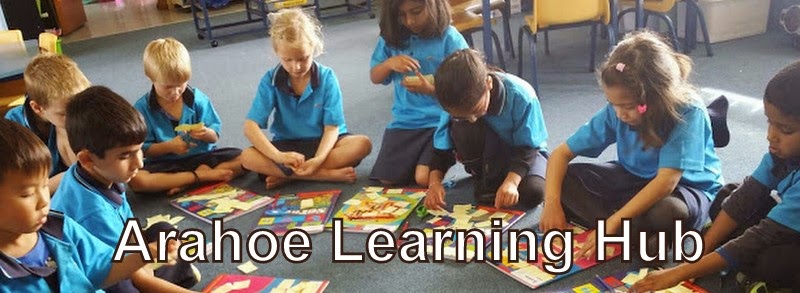Here is a brief overview of what we are aiming to achieve with your child by their sixth birthday:
Reading
Working on at least 'Green' level texts.
- Can make simple inferences.
- Can read many Sight Words quickly.
- Can read many verbs, topic words, adjectives and adverbs.
- Has an understanding of speech bubbles and diagrams.
- Has an understanding of dialogue between speakers.
- Has an understanding how punctuation marks such as commas and speech marks affect reading.
Working on recording ideas and information for self and others.
- Can plan for writing using pictures.
- Can write simple sentences and some compound sentences independently.
- Can spell some key personal vocabularly and Sight Words independently.
- Can write at least three sentences independently.
Number & Algebra - Working mainly with numbers to 20
- Can count forwards to 20 and backwards from 20.
- Can say before/after numbers to 20.
- Can add two sets together by counting all objects.
- Can answer simple subtraction problems by counting backwards.
- Can continue AB and ABC repeating patterns.
- Can compare lengths, areas, capacities and weights of objects.
- Can sort objects by shape, size, colour or other characteristic.
- Can use simple prepositions and directions to locate objects.
- Can gather basic information and display it as a simple graph.
- Can talk about the information shown on a simple graph.
Here is a brief overview of what we are aiming to achieve with your child by their seventh birthday:
Reading
Working on at least 'Turquoise' level texts.
Working on recording ideas and information for self and others.
Number & Algebra - Working mainly with numbers to 20
Working on at least 'Turquoise' level texts.
- Can make simple inferences.
- Can make meaning even though the setting or context may be unfamiliar.
- Beginning to understand alternate viewpoints.
- Develops an understanding of new vocabulary and descriptive language from the context of the text.
- Reads labels on diagrams, and captions under pictures confidently.
- Able to use a glossary.
- Can gain meaning from complex sentences.
- Increased awareness of the use of punctuation marks, especially the comma.
- Uses punctuation to assist the phrasing of sentences.
- Can follow dialogue within a text.
Working on recording ideas and information for self and others.
- Knows the purpose for writing.
- Follows 'The Writing Process' - planning, drafting, re-crafting, publishing, sharing
- Attempts to spell words independently using phonemic awareness.
- Uses appropriate punctuation, eg, full stops, commas, question marks, exclamation marks and quotation marks.
- Able to write on a variety of topics.
- Uses a variety of sentence starters.
- Writes a mixture of long and short sentences (simple, compound sentences).
- Uses a variety of conjunctions such as, and, but, because.
- Uses words common to his/her vocabulary, and some words and phrases found in book language.
- Increased use of descriptive language, eg, nouns, pronouns, verbs, adjectives
Number & Algebra - Working mainly with numbers to 20
- Counts on and back from a given number.
- Skip counts in 2s, 5s and 10s
- Can partition whole numbers
- Uses the principle of equal sharing and symmetry to find fractions of sets, shapes and volume.
- Can continue a repeating pattern and describe it.
- Can continue a skip counting number pattern and describe it.
- Can compare lengths, areas, capacities, weights, volumes of objects and lengths of time.
- Can sort objects by more than one feature, and explain them using mathematical language.
- Can make patterns using reflection and translation, then describe how it was made.
- Can give directions using half and quarter turns and number of steps.
- Can form a question to investigate.
- Can gather basic information and display it as a simple graph.
- Can identify similarities and differences between category data shown on a graph.
- Talks about the likelihood of outcomes
Click here to find more information about the Reading & Writing Standards.
Click here to find more information about the Mathematics Standards.

No comments:
Post a Comment